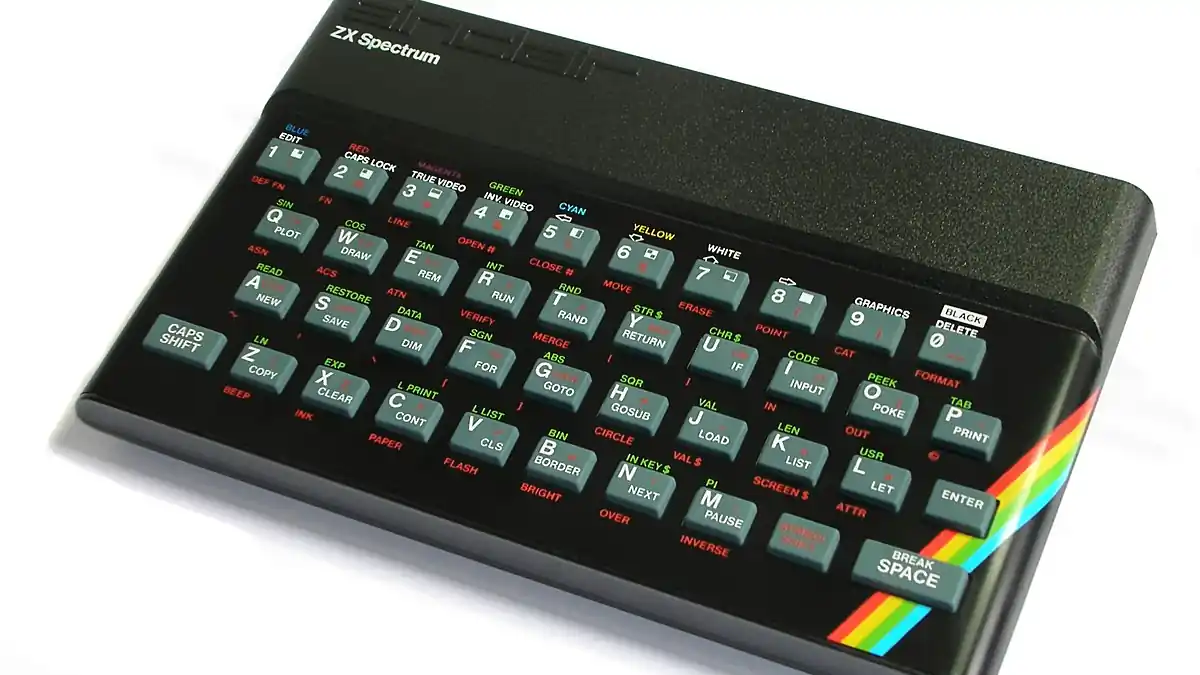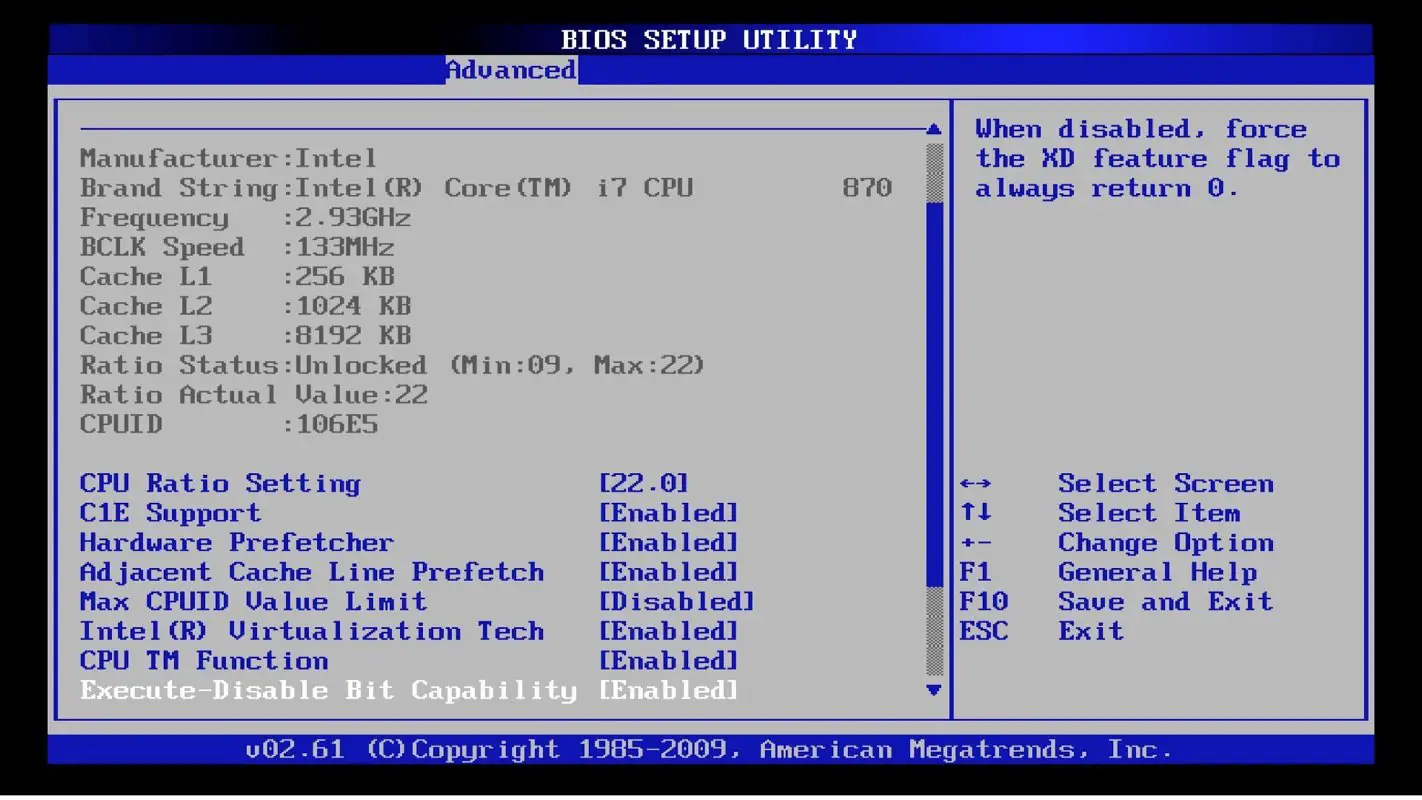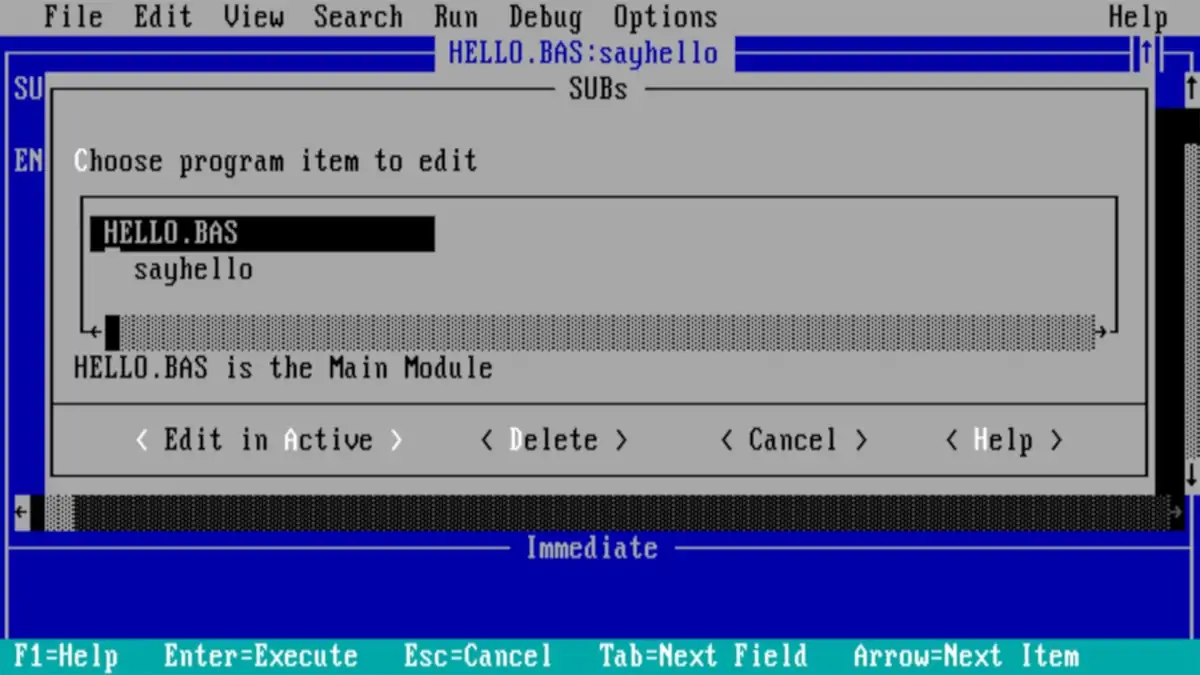Category: Old Technology
-

Digital Communication Service (DCS): A Comprehensive Guide
Explore the ins and outs of Digital Communication Service (DCS), its historical relevance, and its comparison with GSM technology.
-

Unleashing Nostalgia: The ZX Spectrum
Welcome to the extraordinary story of the ZX Spectrum, a revolutionary machine that defined an era and captured the hearts of countless enthusiasts.
-

OpenDoc
OpenDoc was a cross-platform software framework for compound documents, developed by Apple Computer. It was designed as an alternative to Microsoft’s Object Linking and Embedding (OLE) technology, which was proprietary and only available on the Windows platform.
-

BIOS – Basic Input/Output System
BIOS is one key component of the computer motherboard. It stands for basic input/output system (BIOS).
-

The First Request for Comments or RFC 1
On April 7, 1969, Steve Crocker a UCLA graduate student, wrote a technical document entitled “Host Software” and call that type of document “Request for Comments” to avoid sounding too declarative and to encourage discussion. Unlike the modern RFCs, the initial RFCs were actual requests for comments from the community.
-

BASIC Programming Language
The BASIC Programming Language was originally developed at Dartmouth College in 1964. BASIC stands for Beginners’ All-purpose Symbolic Instruction Code.
-

P-Series Protocols
Learn what P-Series Protocols are. A group of protocols that are part of the X.400 messaging standards.
-

Personal Digital Assistant (PDA)
A Personal Digital Assistant (PDA) was a handheld computer that was programmed for functions such as keeping track of appointments, sending and receiving e-mail, browsing the Internet, composing memos, performing spreadsheet calculations, managing contacts, banking, and viewing stock quotes.
-

Modem Eliminator
Explore the legacy world of Modem Eliminators, the devices that made connecting two pieces of Data Terminal Equipment (DTE) hassle-free by providing timing and handshaking for synchronous transmissions.
-

Next Generation I/O (NGIO)
Explore the journey of Next Generation I/O (NGIO) – a pivotal tech leap in server and network infrastructures. Dive into its legacy!
![Windows 1.0: Microsoft’s Bold Leap into GUIs [1985]](https://networkencyclopedia.com/wp-content/uploads/2023/06/windows-1-0.webp)
